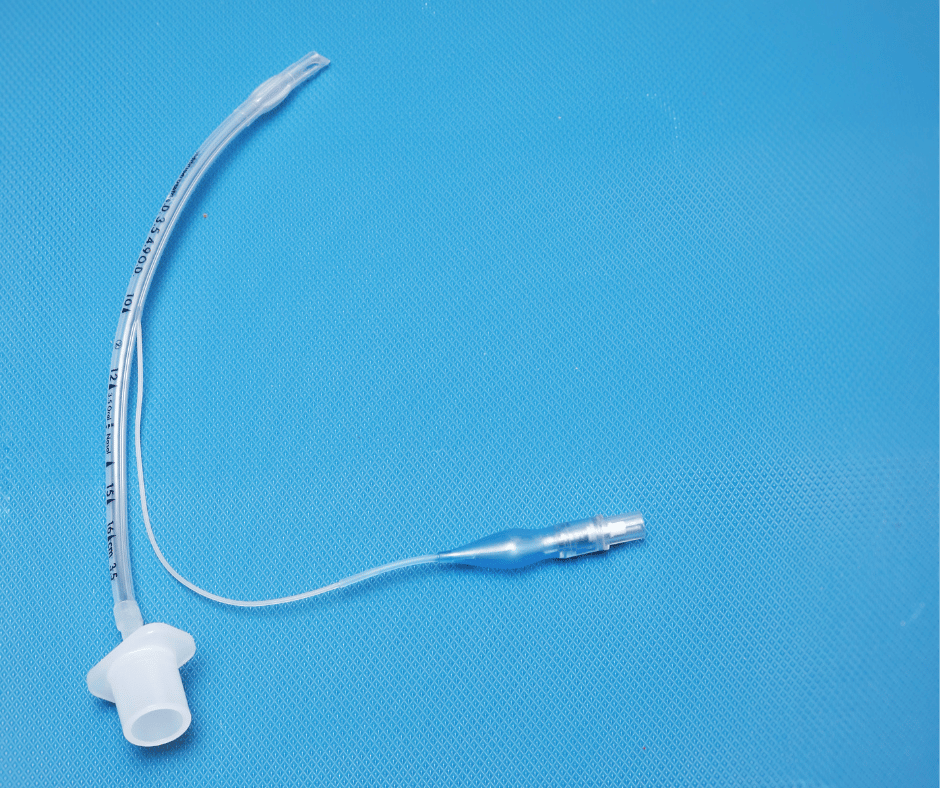This article aims to provide a clear understanding of the classification and grouping for the sanitary registration process of Endotracheal Tubes (ETTs) and Laryngeal Mask Airways (LMAs) in the Mexican market. Like anesthesia masks, these medical devices are crucial for airway management during anesthesia and respiratory emergencies.
ETTs
ETTs are flexible tubes inserted into the trachea through the mouth or nose to ensure a patient’s airway remains open and ventilation is possible during surgery or in respiratory distress. They consist of a tube, a cuff to seal the airway, and a connector for attachment to a ventilator or breathing circuit.
LMAs
LMAs offer an alternative to ETTs. These devices sit over the laryngeal inlet, creating a seal above the glottis to maintain an open airway. LMAs are often preferred for their ease of insertion and reduced risk of laryngeal trauma compared to ETTs.
Classification and Grouping in Mexico
In Mexico, both ETTs and LMAs are classified as Class II medical devices according to Rule 5 of the Mexican Pharmacopeia (FEUM). They fall under the category of “V. Surgical materials or wound care related devices” as per Article 262 of the General Health Law (LGS). This classification reflects their invasive nature and potential risks associated with their use.
Grouping Strategy for Registration:
- ETTs: Variations in length, diameter, nasal/oral type, curvature, and other physical characteristics can often be grouped under a single registration. The key is that the materials and technology used in manufacturing remain consistent across all variations.
- LMAs: Similar to ETTs, different LMA models can be grouped together if they only differ in size, color, or minor design features, as long as the materials and technology are the same.
Additional Considerations
- Sterility: Reusable ETTs and LMAs that can be re-sterilized should have their re-sterilization process validated and documented. If the reusable models share the same characteristics as single-use versions, they might be included in the same registration.
- Inflation Syringe: While not considered a medical device itself, the inflation syringe included with ETTs and LMAs should be addressed in the registration documentation. It can be listed as a component or accessory (system). Providing specifications, performance testing, and other relevant information for the syringe is recommended.
Conclusion
Understanding the regulatory requirements for ETTs and LMAs is vital for successful market entry. While grouping different models under a single registration is often possible, careful consideration of the factors mentioned above is crucial. Seeking professional guidance from regulatory experts like Veraque can streamline the registration process and ensure compliance with Mexican regulations.

